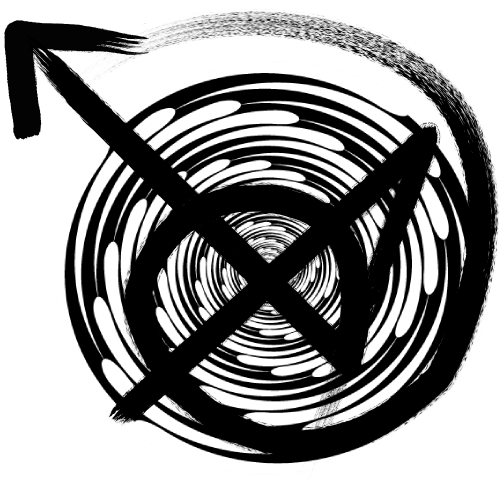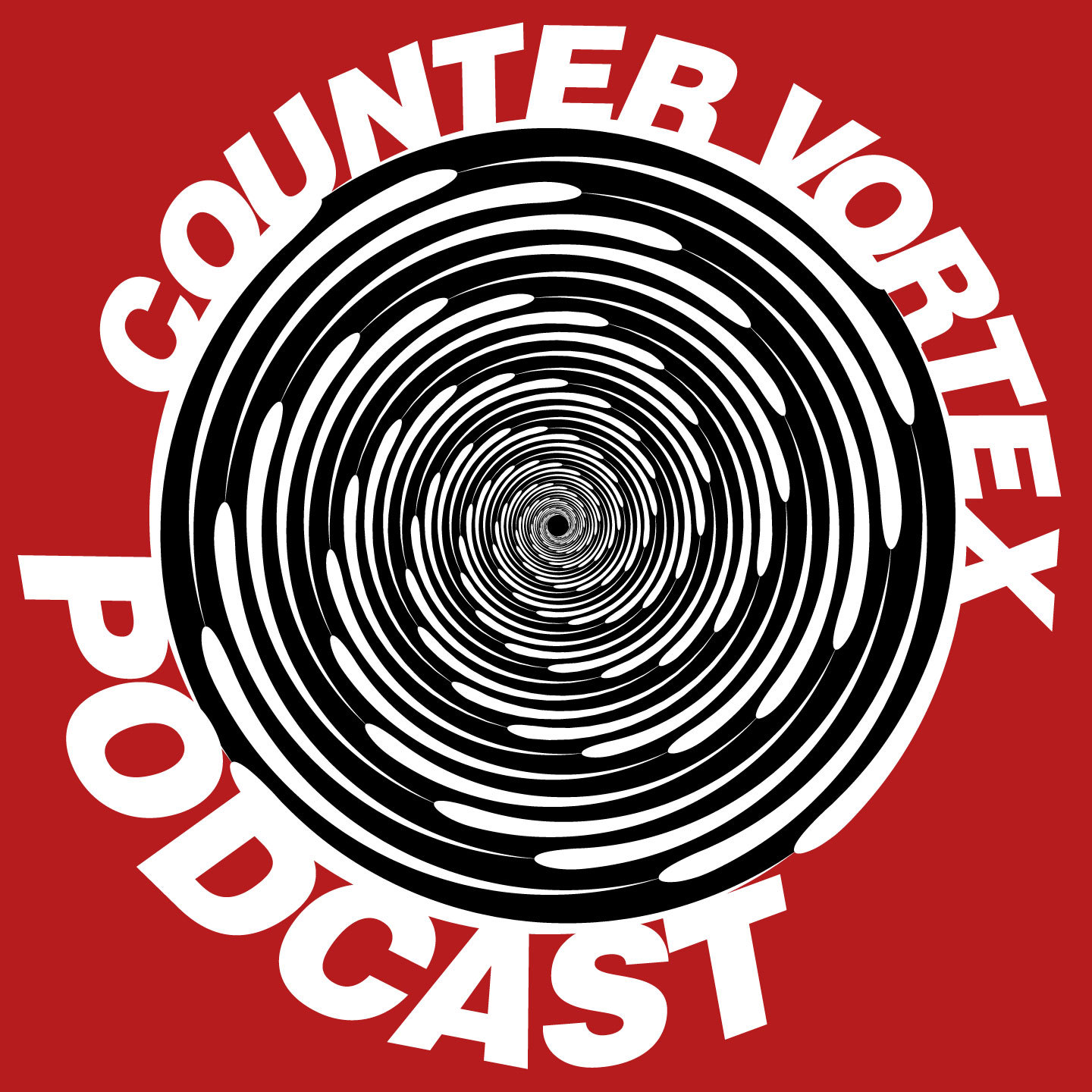Daily Report
Displaced Libyans stranded in the desert
UN Special Rapporteur on the Human Rights of Internally Displaced Persons Cecilia Jimenes-Damar is calling on the government of Libya to protect hundreds of former residents of the town of Tawergha who are currently stranded in the desert. According to the UN, approximately 40,000 Tawarghans were forcefully evacuated in 2011 due to their perceived support for the country's former leader Moammar Qaddafi and their return has since been blocked by armed militia groups acting with the consent of the Libyan government. These militias continue to impede the Tawarghans' return despite an agreement being reached by representatives of the Tawarghans and the Misratan militia group that would have allowed individuals to begin returning home on Feb. 1.
CounterVortex meta-podcast: Against exterminism
In Episode Three of the CounterVortex podcast, Bill Weinberg expounds on the concept of the countervortex. Making note of the Bulletin of the Atomic Scientists' decision to advance the minute hand of its Doomsday Clock to two minutes of midnight, he discusses the current global dilemma in light of EP Thompson's 1980 essay Notes on Exterminism, the Last Stage of Civilization, and Rosa Luxemburg's positing of humanity's imminent future as either "socialism or barbarism." What are the prospects for resisting the global vortex of ecological collapse, totalitarianism and permanent war in the age of Trump and Putin? This is a question that goes beyond the personalities involved, and requires a profound critique of the underlying political economy that elevates such pathological personalities to the highest levels of power. You can listen on SoundCloud, and support our ongoing podcast via Patreon.
Peru moves to protect new swath of Amazon
Peru's creation of Yaguas National Park—covering nearly 870,000 hectares of rainforest along the remote border with Colombia—is being hailed as a critical advance for protection of global biodiversity. The territory in the Putumayo river basin is roughly the size of Yellowstone National Park, but with more than 10 times the diversity of flora and fauna—home to more than 3,000 plant species, 160 species of mammals (including manatees and the Amazonian river dolphin), 500 species of birds and some 550 fish species representing a full two-thirds of Peru's freshwater fish diversity. Some park also covers some 30 indigenous communities of the Tikuna, Kichwa, Ocaina, Mürui, Bora, and Yagua peoples. (NYT, Feb. 14; The Manual, Feb. 6; Mongabay, Jan. 11)
Colombia: ELN 'armed strike' as talks break down
Colombia's ELN guerillas carried out a string of attacks in a new offensive aimed at shutting down the South American country, mostly targeting transportation infrastructure. According to authorities, roads were bombed in Norte de Santander and Cesar departments, and a bus and a truck were incinerated in Antioquia. Vehicles were also set on fire in Arauca, and two trucks torched in Cauca, although authorities could not immediately confirm that these attack was carried out by the ELN. The four-day "armed strike" was called Feb. 10, weeks after a ceasefire broke down and days after the government suspended peace talks with the ELN. (Colombia Reports, Feb. 12; EuroNews, Feb. 10)
FARC suspends political campaign in face of terror
Colombia's former FARC rebels, now organized as a political party, announced Feb. 9 that they will suspend their campaign for the first elections since their demobilization last year. The FARC—their acronym now standing for the Alternative Revolutionary Force of the People—cited a lack of security for their candidates, campaign workers and followers. Campaign workers in several cities have received death threats, according to the FARC statement. Campaign rallies throughout Colombia were canceled after angry mobs threw bottles and rocks at former guerilla leaders and their supporters.
Russian Cossacks fight in Syria?
Mystery continues to surround the Feb. 8 US air-strikes on Syria's Deir ez-Zor governorate, which Damascus called a "brutal massacre" of some 200 pro-regime troops. This was the latest of just a handful of times that pro-regime forces have been targeted by the US. Initial reports said private Russian mercenaries were among those killed in the strikes, wihch were apparently in retaliation for regime attacks on US-backed Syrian Democratic Forces in the area. At issue seems to have been the "Coneco" gas-field, although the typically garbled media accounts contradict each other on whether regime forces were attempting to take it from the SDF or vice versa. But another blast at an arms depot in the same area is again said to have left 15 Russian private security personnel dead. The Syrian Observatory for Human Rights said those killed in the Feb. 15 incident at Tabiya Jazira were Russians "protecting the oil and gas fields controlled by the Syrian regime." (SBS, UNIAN, AFP, Feb. 15)
Rights experts demand release of Palestinian girl
Two UN rights experts expressed serious concern on Feb. 13 regarding the arrest and detention of Ahed Tamimi, a 17-year-old Palestinian girl who became famous for slapping an Israeli soldier during a physical confrontation. The statements came as Tamimi appeared before an Israeli military court for the first time. UN Special Rapporteur on the Situation of Human Rights in the Palestinian Territory Michael Lynk and Chair-Rapporteur of the UN Working Group on Arbitrary Detention José Antonio Guevara Bermúdez demanded Tamimi's immediate release during the proceedings and called for future hearings to be held in strict accordance with international legal standards. Tamimi has been in detention in Israel since her arrest at her home in December, where she was filmed physically confronting Israel soldiers at her family's property in Nabi Salah in the Israel-occupied West Bank. The following month, Tamimi was charged with a number of offenses under Israel military law for both the December incident and for others dating back to April 2016.
Chechen police state turns ire on druggies
You could smell this one coming. Last year, horrific reports emerged from the southern Russian republic of Chechnya that authorities were rounding up gays in detainment camps and subjecting them to torture —the first time this kind of thing has happened in Europe since Nazi Germany. Now the reign of terror is being extended to drug users and small-time dealers, who are facing grisly torture at the hands of Chechen security forces as part of the same ultra-puritanical campaign. Reports describe electric current being applied to suspects' fingertips to induce them to "confess." No one has survived such questioning without eventually admitting their crime, the victims were told.















Recent Updates
1 day 21 hours ago
1 day 21 hours ago
4 days 22 hours ago
4 days 23 hours ago
4 days 23 hours ago
5 days 18 hours ago
6 days 21 hours ago
6 days 21 hours ago
6 days 21 hours ago
1 week 1 hour ago